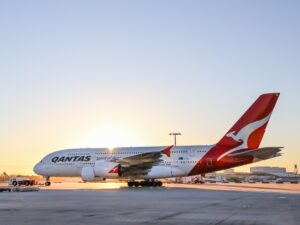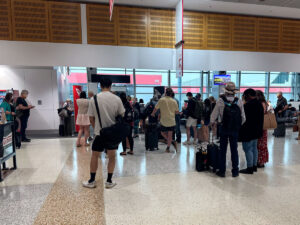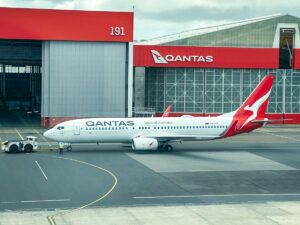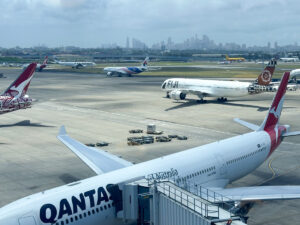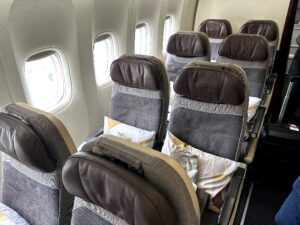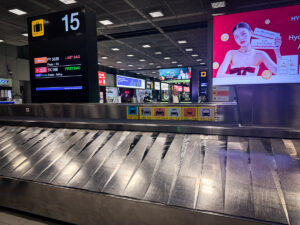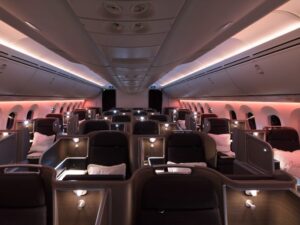Many of our members who have had the pleasure of flying through Albury in recent months might have noticed the same Virgin ATR72 aircraft parked there since late February. While parked aircraft are not unusual, aircraft that are in airline service don’t stand still for long. It was certainly noticed by the Industry with pilot forums coming up with all sorts of rumours. This week, the truth came out, in the form of an Australian Transport Safety Bureau report. It seems the aircraft in question, has the birds to thank for being intact and in one piece.
On the 20th February, the aircraft was scheduled to do a Canberra Sydney flight. With a normal departure and cruise, it was not until descent that things started to go wrong. With the co-pilot flying, the aircraft was going faster than it should. The Captain took over but the First Officer, concerned about the nose attitude put his hands back on the controls. Suddenly, with both pilots flying, the aircraft experienced positive G. Alarms sounded and the elevator link broke, resulting in both pilots having control of their respective elevators. Declaring an emergent situation, the pilots managed to bring things under control, landing safely with just one flight attendant requiring attention from medical services. One of our members remarked that the scenario sounded familiar.
Sounds like all those inputs by both Captain and First Officer on the flight were the issue – reminds me of an Air Crash Investigation episode.
As a result of the high positive G experienced, an inspection of the aircraft was required by manufacturer mandate. This was done overnight by engineers in the maintenance hangar with no damage found. The aircraft was returned to service the next day, with our members remarking on the long days they seem to work
One thing I noticed in the report is that, the duty engineers started work at 6am, and finished at 10pm… I don’t think the unions will let that go lightly, and, to be honest, I would be with them on this one.
The aircraft subsequently flew 13 uneventful flights over the next 5 days. It was on the 14th sector, a flight Sydney to Albury, that it was thought the birds struck during descent. After landing, pitch control problems forced the crew to take a look at any possible damage to the aircraft. The pilot soon noticed some likely bird damage to the tail, and requested an engineer’s inspection. That subsequent inspection not only confirmed possible birdstrike damage, but it also uncovered significant damage to the tailplane. The aircraft was grounded, and a new tailplane required.
A tailplane weakened by damage will eventually fail. Had the aircraft in question not had the birdstrike, who knows how long it would have lasted. Safety investigations are never about placing blame, they are about putting in place the lessons learned. With the investigation still underway, it will be a while before we know why, and what actions will be undertaken to prevent a reoccurrence.
Hopefully this incident will lead to a safer environment in the future. In the meantime, do you feel happy with the investigation so far, perhaps you feel competition might be putting too much pressure on an airlines workforce, have your say HERE.
